Recent Articles
-

Analysis of Scalable Electromagnetically-Modeled Anomalous Reflectors Through Ray Tracing and Measurements
11 August 2025Le Hao, Sravan Kumar Reddy Vuyyuru, Sergei A. Tretyakov, Markus Rupp and Risto Valkonen elaborate on the concept of a scalable anomalous reflector to analyze the angular response, frequency response, and spatial scalability of a designed anomalous reflector across a broad range of angles and frequencies. We utilize theoretical models and ray tracing simulations to investigate the communication performance of two different-sized scalable finite anomalous reflectors, one smaller configuration with 48×48 array of unit cells and the other constructed by combining four smaller anomalous reflectors to form a larger array with 96×96 unit cells. To validate the theoretical approach developed, we conducted measurements in an auditorium to evaluate the received power through an anomalous reflector link at different angles and frequencies.
-
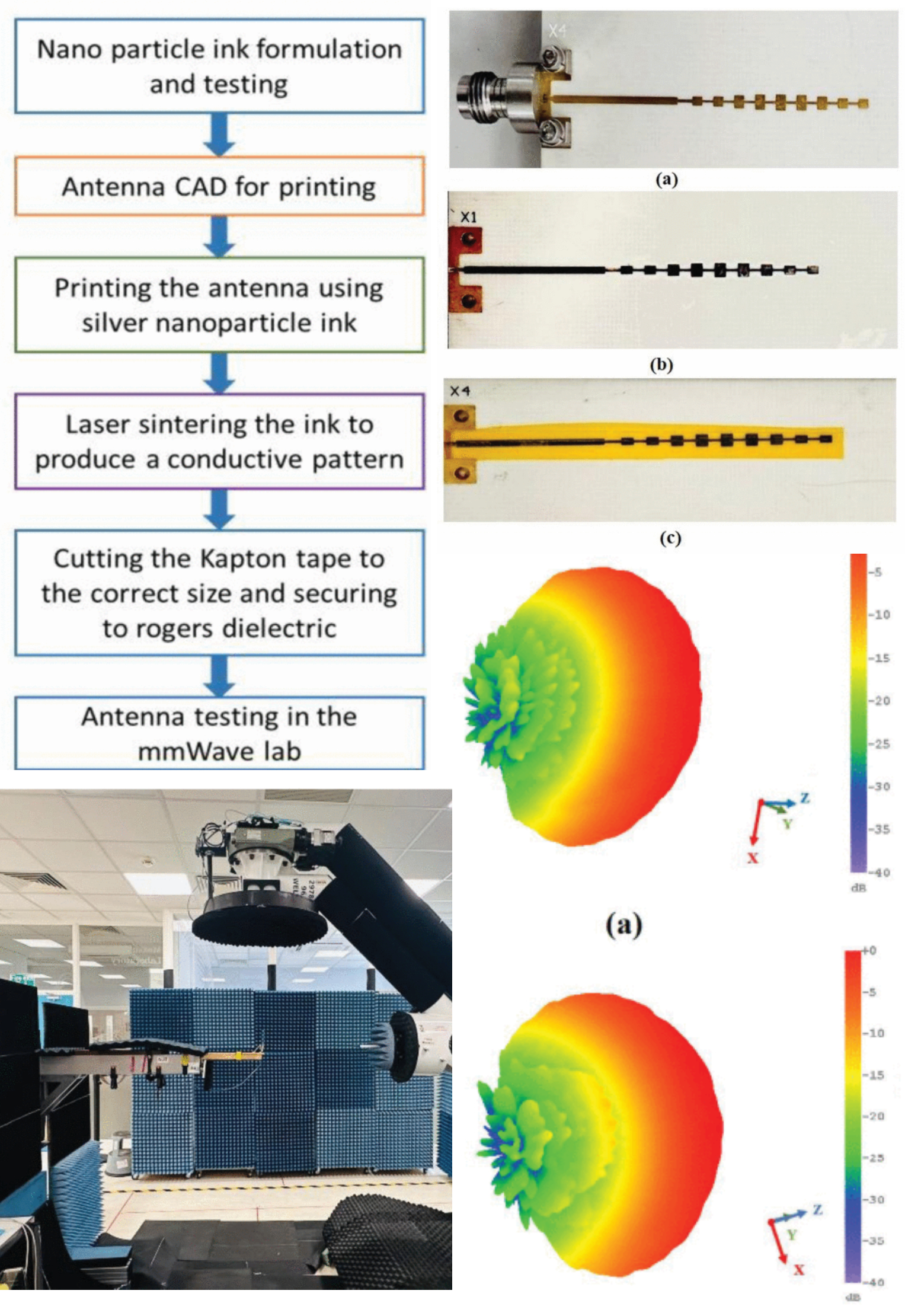
Additive Manufacturing on Kapton Substrate for Rapid Prototyping of Low-Cost mmWave Antennas
31 July 2025 Sumin David Joseph, Benedict Davies, Matthew Davies, Edward A. Ball and Jon. R. Willmott investigate the potential of aerosol jet printing for rapid prototyping of millimeter-wave antennas. Traditionally, antenna design and production require extensive simulation and multiple prototyping stages to achieve the desired radiation pattern and bandwidth performance, with each iteration incurring material costs. In this work, a commercial aerosol jet printer, as a direct write additive manufacturing tool, was used to create antenna arrays on Rogers substrate and Kapton tape. A 9-element series-fed patch array with amplitude tapering based on the Dolph-Chebyshev method was designed.
-
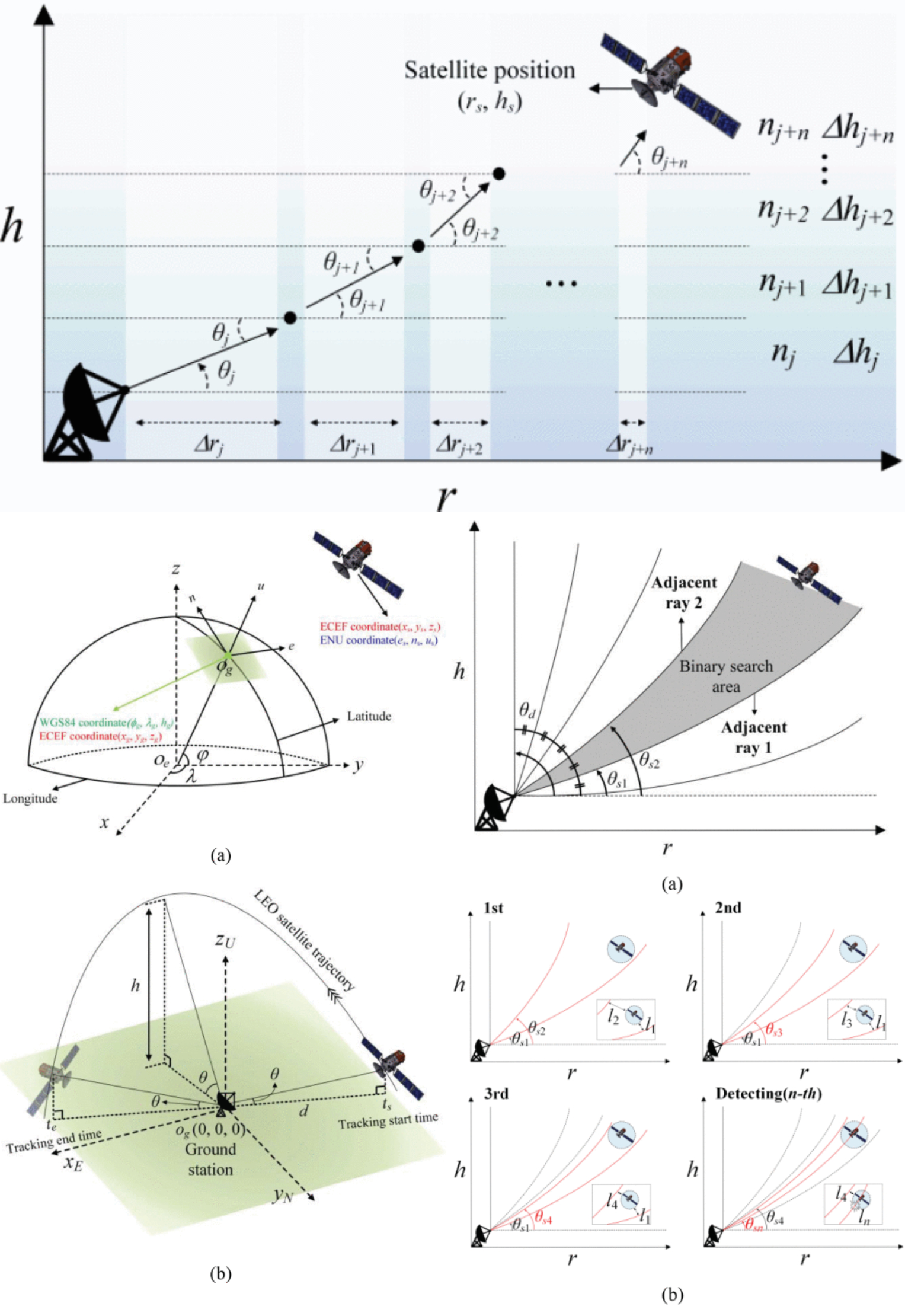
Analysis of LEO Satellite Detection Errors Considering Atmospheric Environment
30 July 2025 Jongho Keun, Doyoung Jang and Hosung Choo propose a ray-tracing method to estimate a propagation path between a ground station and low-Earth-orbit (LEO) satellites. To accurately predict a propagation path and detection error, the proposed ray-tracing method adopts an atmospheric refractivity model that includes not only the troposphere but also the ionosphere. Herein, atmospheric refractivity in the troposphere is the measurement data obtained from weather observatories in Korea. In addition, atmospheric refractivity in the ionosphere is obtained from the simplified Appleton-Hartree equation. The detection angle errors are examined by changing various conditions, such as the locations of ground stations, satellite trajectories, and observation date.
-
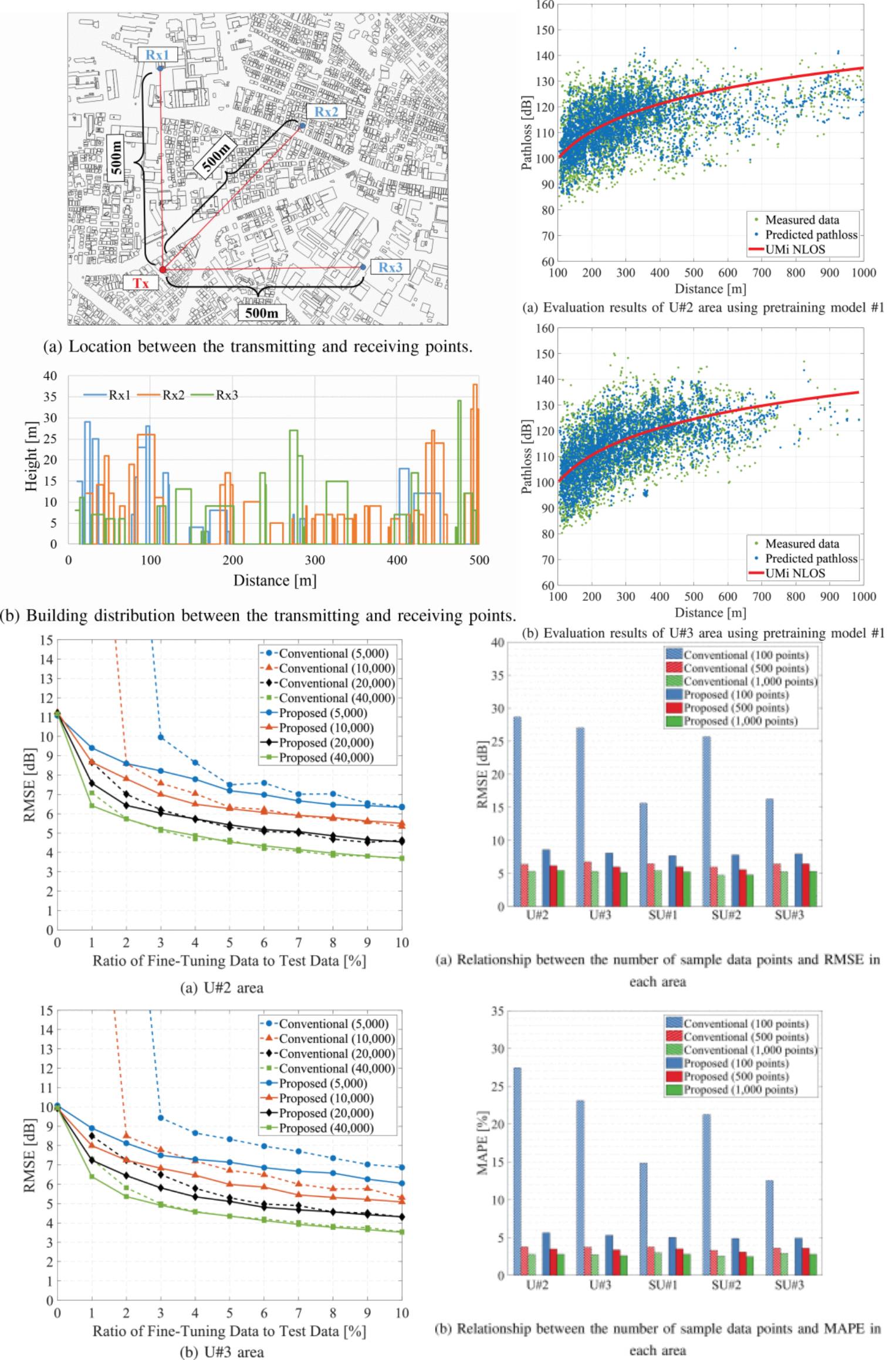
Fine-Tuning Approach to Configuration and Data Selection for Path Loss Prediction in Different Geographical Environments
28 July 2025 Takahiro Hayashi and Koichi Ichige developed a site-specific path loss model by using machine learning in conjunction with spatial information data and environmental parameters related to propagation characteristics. They proposed a fine-tuning method that transfers a machine learning model constructed in a specific environment to a new environment and refines it through an effective data selection technique. Evaluating the measurement data at 2 GHz revealed that the proposed method achieves higher estimation accuracy than does the conventional method when a model pretrained in a specific environment in an urban area is applied to other urban and suburban areas, with only 1% of the test data required as additional training data.
-

Fully 3D-Printed mm-Wave Wide-Angle 1D Beam-Steering Antenna Using Zigzagged Lens Antenna Subarrays With Curved Focal Surfaces
28 July 2025 Omar Jebreil, Ruoke Liu and Gökhan Mumcu resents a fully 3D-printed wideband mm-wave beam-steering antenna concept capable of performing wide-angle electronic beam-steering by making use of zigzagged lens antenna subarrays (LASs) with curved focal surfaces. The concept is demonstrated through the design and realization of a 38 GHz antenna consisting of L=4 dielectric slab waveguide (DSW) lenses each fed with structurally embedded M=6 TEM horn antennas, which can effectively reduce the required number of phase shifters (PSs) from N=M×L=24 to L=4. It is demonstrated that the joint utilization of zigzagged LAS and curved focal surfaces with structurally integrated TEM horn antennas, all enabled through the design flexibilities offered by the emerging additive manufacturing (AM) technology, improves the realized gain, side lobe level (SLL), and beam-steering range in comparison to the earlier versions realized with planar focal surfaces.
-

A Topology-Based Array Compensation Empowered by Equivalent Current Modeling of TM₁₀ Patch Antennas for Cross-Polarization Reduction
24 July 2025 Taeyeong Yoon, Uichan Park, Minje Kim, Sanghun Lee, Young-Seok Lee, Sangwook Nam and Jungsuek Oh introduce a comprehensive analysis of cross-polarization effects originating from current imbalances in patch antennas and array configurations. A simplified yet broadly applicable mitigation strategy is proposed, offering a generalized approach to improve cross-polarization performance for antenna arrays operating in the TM10 mode. In contrast to earlier works that predominantly employed heuristic array rotation techniques, the present work adopts a systematic modeling approach to elucidate and regulate cross-polarization across a wide range of array scales and topologies. By utilizing electric current modeling at both the single-element and array levels, and analyzing radiation behavior in multiple planes, the beam pattern characteristics are thoroughly examined.
-
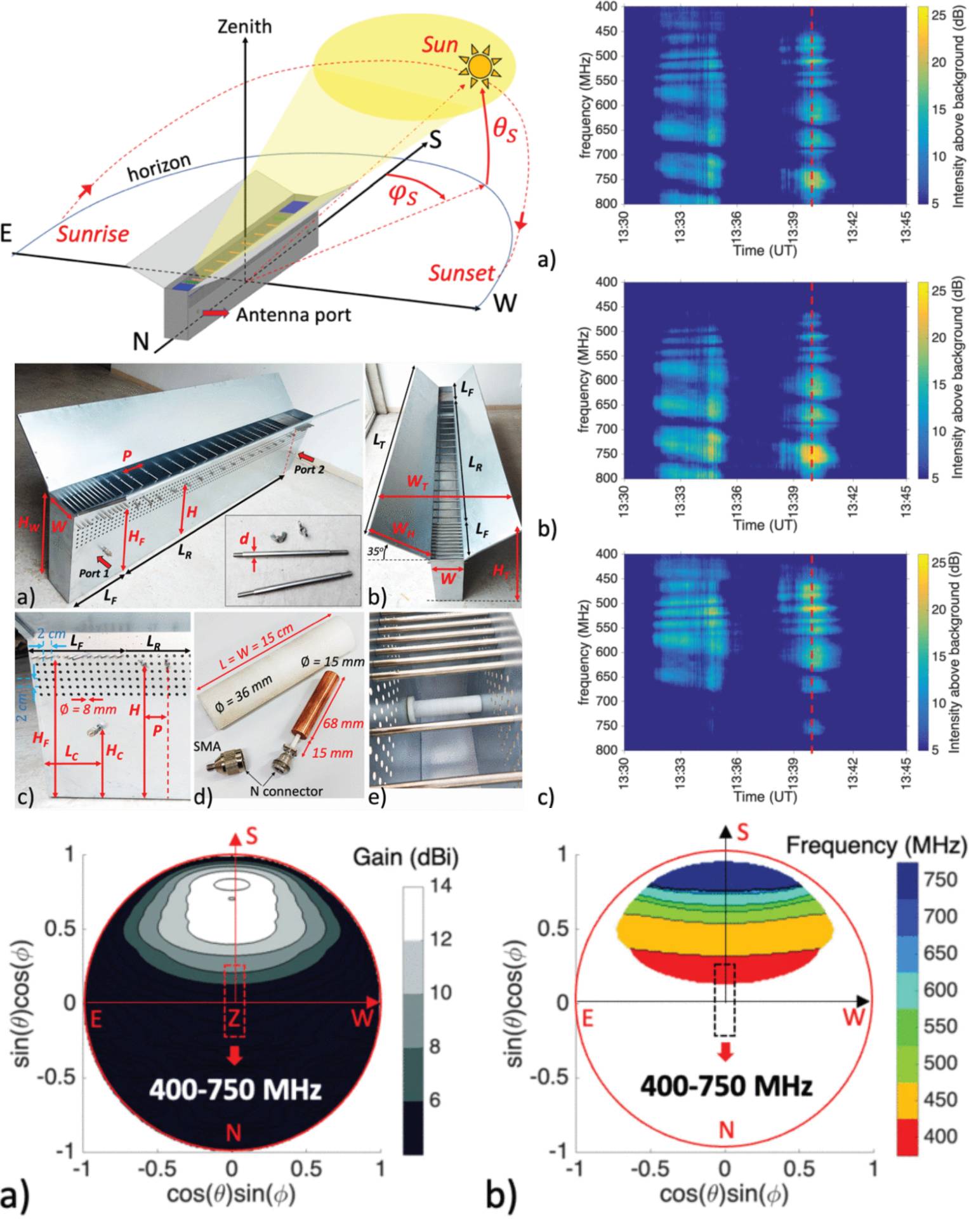
Frequency-Scanning Waveguide Antenna for Solar Radio Bursts Detection in the UHF Band
15 July 2025 José Luis Gómez-Tornero, Alejandro Rabadán-Parra, Alejandro Gil-Martínez, David Cañete-Rebenaque, Javier Bussons-Gordo, Christian Monstein and Manuel Prieto-Mateo proposes a frequency-scanning antenna designed to operate in the 400 MHz to 800 MHz band for solar radio astronomy applications. It is constructed with perforated metallic walls and cylinders, that form a rectangular leaky waveguide. By adjusting the metallic cylinders in the appropriate subwavelength holes, the scanning angle of the directive beams and directivity can be effectively controlled while assuring high radiation efficiency and gain.
-
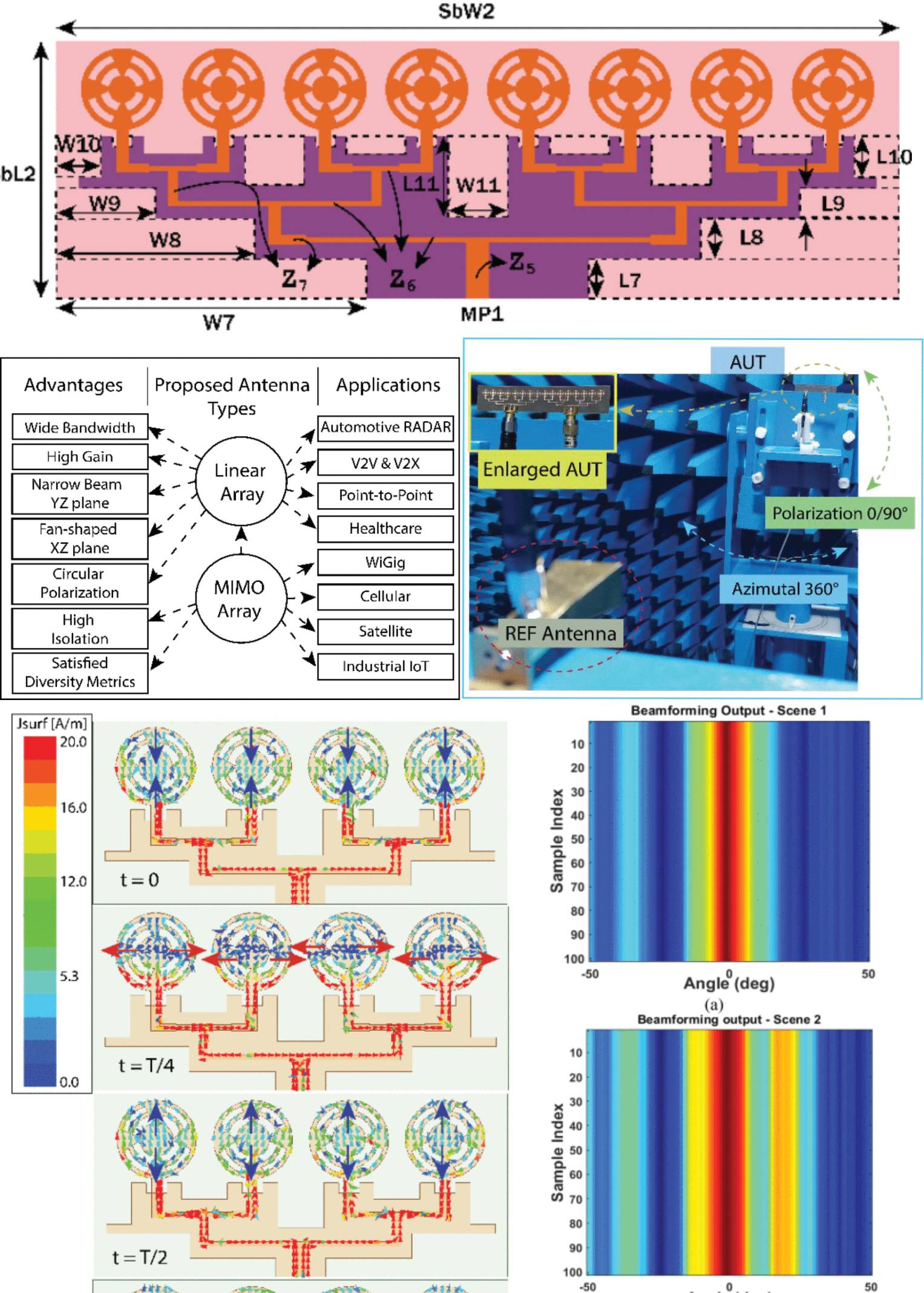
Wideband Narrow-Beam 16-Element Two-Port MIMO Array Antenna With High Isolation for Automotive Radar and 5G Millimeter Wave Applications
11 July 2025 B. G. Parveez Shariff, Tanweer Ali, Pallavi R. Mane, Sameena Pathan, Qammer H. Abbasi, Masood Ur-Rehman, Yahia M. M. Antar, Satish Kumar Sharma and Ahmed A. Kishk design an eight-element linear array antenna to provide a narrow beam, wide bandwidth, and high gain for compact electronic devices while mitigating propagation losses. The design is extended to a two-port MIMO array to enhance channel capacity and reduce RF chain complexity, and can be further scaled to an N-port configuration. A parallel feeding network ensures uniform power distribution. Wideband impedance matching and self-decoupling are achieved by optimizing the ground plane using characteristic mode theory (CMT).
-
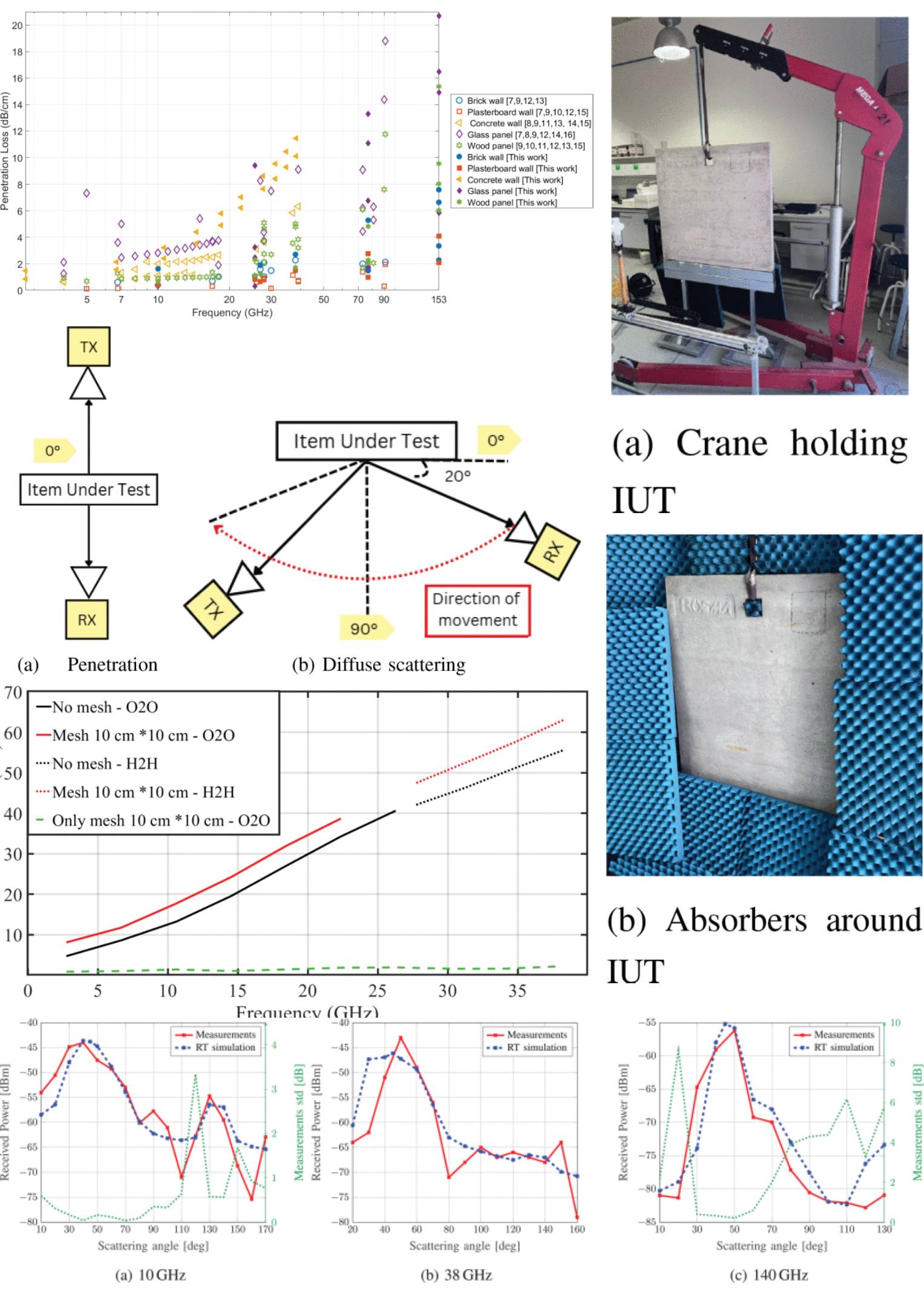
Multiband Measurement-Based Characterization of Building Materials
10 July 2025 Silvi Kodra, Elena Bernardi, Nicolò Cenni, Jiahao Hu, Marina Barbiroli, Franco Fuschini, Enrico Maria Vitucci, Jose-Maria Molina Garcia-Pardo, María-Teresa Martínez-Inglés, Sana Salous and Vittorio Degli-Esposti investigate the attenuation and scattering behaviors of some of the most common construction materials at frequencies ranging from 10 to 153 GHz, using proper measurement setups and post-processing procedures. Our findings can contribute to the design of future communication systems and to the calibration of propagation simulators that are necessary for their optimization and deployment in real-life scenarios.
-

Detection of Faulty Elements From Sparse Far-Field Data in Active Phased Arrays via Machine Learning
14 February 2025 Aparna Kannan, Nehir Berk Onat, Marco Spirito, Alexander Yarovoy and Yanki Aslan analyze machine learning-assisted solutions to tackle real-time fault detection in large-scale active phased array antennas. The challenge of integrating the circuit component nonlinearities and mutual coupling effects in fault-finding methodologies is addressed. A novel machine learning (ML) solution based on an array theory-enhanced neural network (NN) is proposed. To address the practical constraints of large array measurements, sparse far-field (FF) measurements are considered.


















